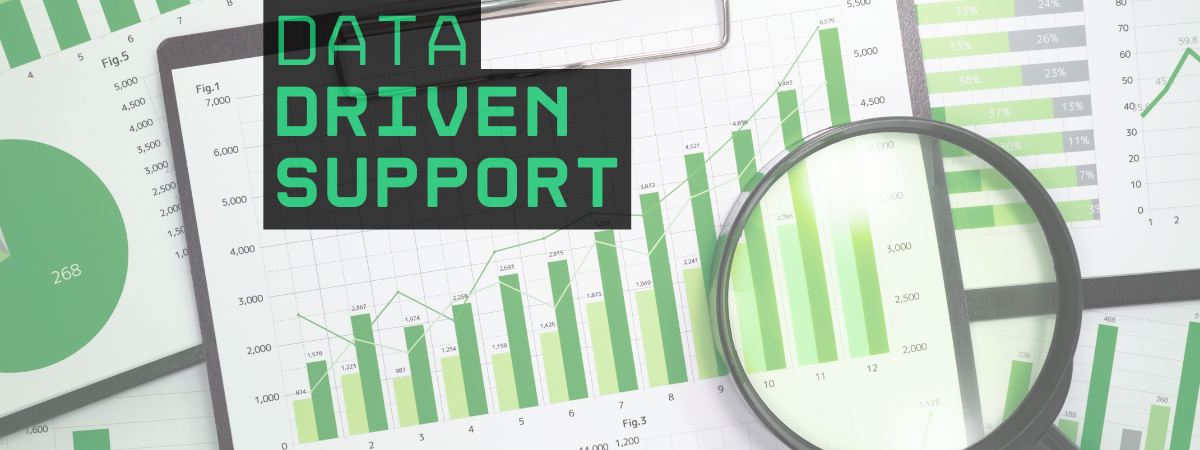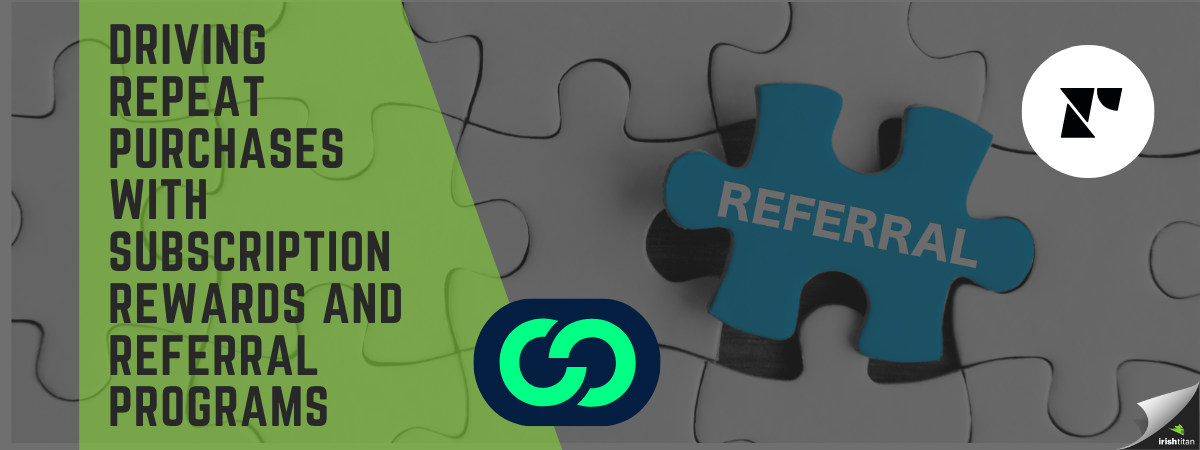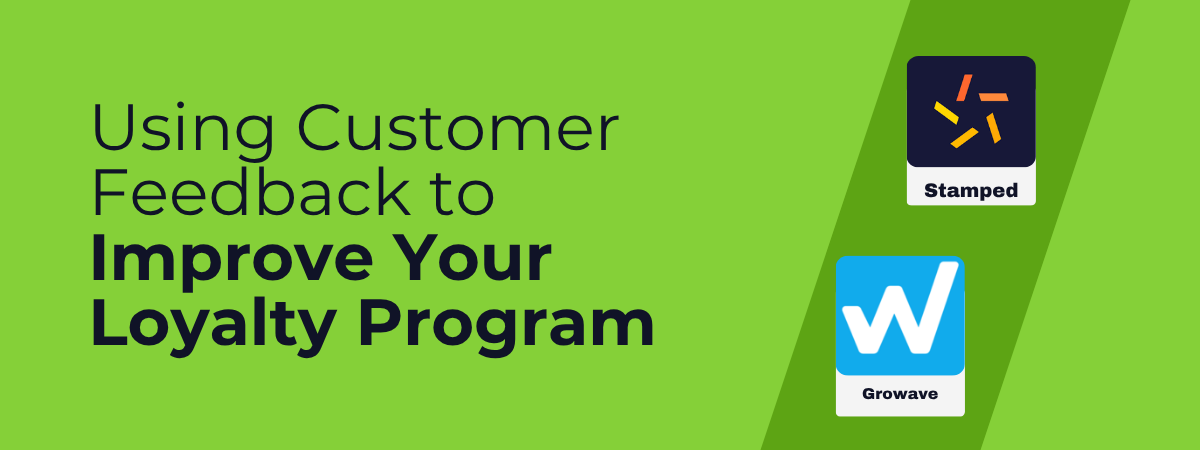Guest Blog: ReCharge - Subscriptions 101
Subscriptions are all around us these days—and not just in the news we read and the TV shows we stream. From coffee to cleaning supplies to pet food to meal kits, there seems to be a subscription for everything these days, and the industry doesn't show signs of slowing down. In our most recent State of Subscription Commerce report, we found that subscriber growth increased 91% from 2019 to 2020, with average order value (AOV) up across the majority of verticals.
Curious about how implementing subscription options could benefit your ecommerce store, but not sure where to begin? Let's take a peek into the world of recurring payments and visualize what this could look like for your business.
Subscription Model Categories
Typically, subscriptions fall into one of three categories: curation, replenishment (aka subscribe-and-save), and access. Let’s take a closer look into each subscription type:
Curation Subscriptions
Under the curation subscription subscription model, merchants send customers a box of curated items on a regular schedule. Often, the items in the box will be a surprise to customers, making the “surprise and delight” nature of this option a draw. The novelty of the products sent also creates opportunities for customer engagement through thoughtful content creation, like educational materials about an unfamiliar product.
An example of a curation subscription is Lovevery, a company that encourages healthy development in babies and toddlers through engaging and educational toys. Subscribers receive a curated “play kit” of toys designed to engage their baby according to their specific development stage. On the content side of things, a “play guide” is also included with ideas for how to use the items in the delivery, paired with expert research.
Replenishment Subscriptions
Under the replenishment subscription model (also known as “subscribe and save”), merchants send the same product with each delivery, offering customers convenience and often a discount with the recurring fee. Often, offerings in this category will include frequently-used consumables such as coffee, cleaning products, and personal care items.
An example of a replenishment subscription is Blueland, which sells cleaning products with environmentally responsible packaging. Customers can make a one-time purchase, or subscribe and save 10% off.
Access Subscriptions
Access subscriptions are also known as the membership model. In this subscription type, merchants will offer subscribers access to a service, or membership with benefits like early-release products, free shipping, or discounted items. Many streaming subscriptions that give members access to gated music, video content, or audiobooks, as well as some publications that offer access to gated digital content, fall under the access subscriptions category.
An example of an access subscription business is Pela, an eco-friendly accessories company specializing in phone cases. For $4.95/month, their membership program, The Collective, offers a 30% off discount, as well as early access to new product launches and a $5 monthly store credit.
Benefits of a Subscription Business
Consistent, Predictable Revenue
By its very nature, the recurring payment model creates predictable revenue on a set cadence. This can make certain aspects of ecommerce businesses, such as inventory management and forecasting upcoming revenue, both easier and more accurate. Key to maximizing this benefit: having stellar analytics.
In the SSC Report, we found that the top third of subscription merchants operationalize their business by leveraging tools and integrations like Google Analytics, Google Tag Manager, and Littledata to make smart business decisions and track performance over time.
Create a Brand Community
With the ability to track performance over time and multiple touchpoints to connect with customers, the subscription business model is uniquely primed for fostering customer relationships. Building an engaged community of customers has enormous benefits: It can not only help scale your brand, but also increases brand awareness and trust.
In the SSC Report, we found that top-performing subscription businesses were able to offer customers value beyond just their products. Thoughtfully interacting with community members on social media, compiling customer reviews on your website, and asking for feedback in a public forum can all help deepen that relationship.
Increase AOV and LTV
Subscriber growth wasn't the only thing that skyrocketed in 2020: Those subscribers were also spending more. On average, customer lifetime value (LTV) grew 11%, with average order value (AOV) increasing nearly 6% across categories. For top-tier merchants, this success was even more pronounced: their AOV ($38) was more than 1.5 times greater than that of bottom-tier merchants, while their LTV ($158) was more than 2.5 time greater than that of bottom-tier merchants.
The key to that success? Flexibility. When merchants listen to customer needs and pivot to meet those customers where they are, the results speak for themselves. Offering customizable options for one-time purchases, product swaps, and delivery skips are all powerful tools for boosting customer loyalty and increasing LTV.
How to Grow Your Business with ReCharge Subscriptions
The ReCharge platform was designed to take the guesswork out of setting up and managing subscriptions for your store. By creating a reliable and simplified experience for the entire process, ReCharge allows you to focus on building long-term relationships with your subscribers.
Scalable Platform
Whether you have 1 customer or 100,000 customers, ReCharge is built to scale with you. Through the ReCharge platform you can:
- Enable headless and microservice-led builds
- Build workflows to help grow your brand
- Leverage integrations for a consistent customer experience
Meet Customers Where They Are
With ReCharge’s intuitive design, you can meet customers where they are, leveraging the Customer Portal. On any device, your customers can:
- Customize their subscription journey with you
- Add one-time products, allowing you to increase average order value (AOV)
- Skip a subscription cycle, or re-schedule delivery
- Swap products, allowing you to cross-sell
- Receive notifications of upcoming orders or shipping details
Utilize Analytics
Measure performance and business health using the Enhanced Analytics Suite. It’s important to have an appropriate business plan and investment strategy, but if you don’t leverage data to make informed decisions, you run the risk of overspending on areas and underspending where needed. With ReCharge’s analytics, you can:
- Understand your average order value, lifetime value, churn rates, refunds, and more.
- Get to know your customers more and figure out why they may be skipping shipments, cancelling, or swapping products
With subscriptions through ReCharge, we understand that it’s more than just a transaction… it’s a long-term relationship.
Trust us, you’re gonna want this in your inbox.
Join the Irish Titan sphere of influence. We'll send a couple emails a month. No trash, no spam, just the shenanigans we get up to.
More reads





More from Ecommerce...

You know what’s cheaper, more profitable, and way more fun? Getting your current customers to come back AND bring their friends with them. That’s where referral programs and rewards systems come in.

Here’s the thing about loyalty programs: launching one is just the beginning. You don’t get customer love and long-term retention just by setting up a points system and calling it good. You’ve got to listen, tweak, and optimize based on what your customers actually want.

You worked your tail off (and probably spent a fair bit of your marketing budget) getting customers to your site. They browsed. They clicked. They bought.
